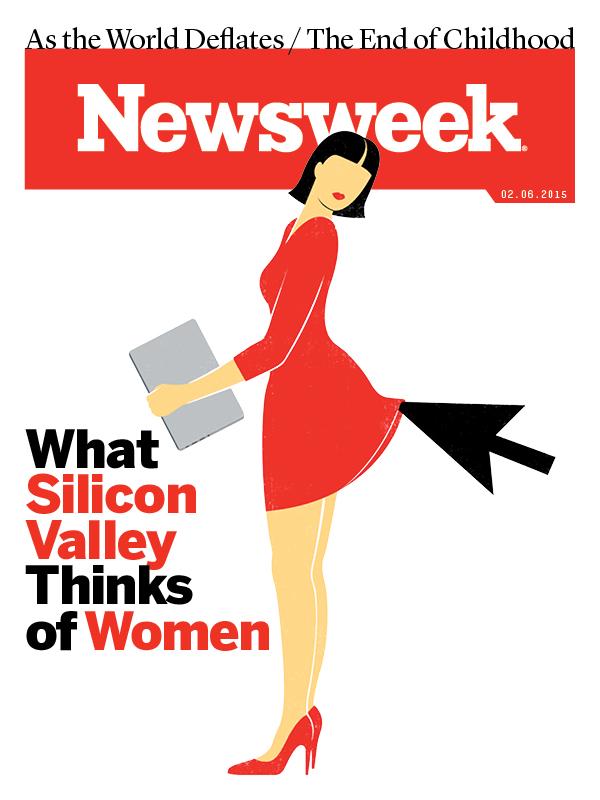The survival of our species on planet earth is largely going to be determined by what happens in our cities. By 2050, 70% of the world’s population will live in them. Today’s cities demand 21st century solutions to accommodate their growing populations in ways that not only maintain the quality of life, but also improve it. That’s where smart cities come in. Smart cities find ways to become more efficient, to deliver more services via mobile technology, to optimize existing infrastructure, and to leverage citizen participation to create better land-use decisions and to break down bureaucracy in order to stimulate a creative, entrepreneurial economy. In short, smart cities are innovative cities. Are you living in America’s smart cities?

More than half of people in the U.S. have smartphones. We use them like they are attached to our body. We talk, text, game and socialize. The trend is that consumers need more than that. We need smartphones to perform more personal and efficient tasks that relates to our everyday life – to keep us informed. Fast and reliable internet plans from a Fiber Internet Provider, smartphones, and technology innovation have become integral parts of our lives and smart cities have taken notice. You may need fiber optics services to set up all the necessary cables and wiring for your fiber internet access.
Cities are starting to invest more in smart technology. Our physical surroundings are already captured by services like street cameras, Google Earth, and apps like Yelp. Smart Cities can make extensive use of the information and technologies they have to improve the quality of life of its citizens. Sensors and cloud apps connect transportation, healthcare, and street lights. How does this work? Cities are looking to placing sensors around cities to provide information about your physical environment to transmit information to your smartphones like the bus schedule at the street location where you are standing. Smart street lights that can detect movement, monitor and display temperature, collect data on traffic patterns, and sense gun shots detection to alert law enforcement. From GPS-enabled school buses sharing locations with a parent’s smartphone to sensors that monitor and report on building conditions, smart cities and their systems are becoming increasingly connected with their inhabitants with a promise of urban intelligence and resiliency like never before. This network of connections is known in the market today as the Internet of Things.
Are You Living In America’s Smartest City?
10. Montreal
9. Chicago
8. Portland, OR
7. Vancouver
6. Toronto
5. New York
4. Washington D.C.
3. San Francisco (tied)
2. Boston (tied)
1. Seattle
In 2009, the Boston Mayor’s Office of New Urban Mechanics (MONUM) developed a smartphone app called Citizens Connect that allows residents to quickly report public works and service needs. Bostonians can inform officials of infrastructure and service problems (using the SeeClickFix App) such as potholes, streetlight failures, or graffiti via their phones, allowing the city to be far more responsive to its citizens’ needs and eliminating paperwork. As workers finish projects they record the date and time of completion, allowing residents to verify the city’s responsiveness to their requests. source
Do you live in a smart city? What smart tech services do they provide?





